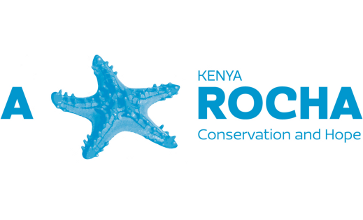Citizen science monitoring
A vision for global biodiversity monitoring with citizen science
Advances in Ecological Research 59, 169–223 (2018)
Pocock, M.J.O.1, Chandler, M.2, Bonney, R.3, Thornhill, I.4,5, Albin, A.6, August, T.1, Bachman, S.7, Brown, P.M.J.8, Cunha, D.G.F.9, Grez, A.10, Jackson, C.11, Peters, M.12, Rabarijaon, N.R.13, Roy, H.E.1, Zaviezo, T.14 & Danielsen, F.6.
1* Centre for Ecology & Hydrology, Wallingford, United Kingdom
2 Earthwatch Institute, Boston, MA, United States
3 Cornell Lab of Ornithology, Ithaca, NY, United States
4 Earthwatch Institute, Oxford, United Kingdom
5 College of Liberal Arts (CoLA), Bath Spa University, Bath, United Kingdom
6 NORDECO, Copenhagen, Denmark
7 Royal Botanic Gardens, Kew, Richmond, United Kingdom
8 Applied Ecology Research Group, Department of Biology, Anglia Ruskin University, Cambridge, United Kingdom
9 Departamento de Hidráulica e Saneamento, Escola de Engenharia de São Carlos, Universidade de São Paulo, Avenida Trabalhador São-Carlense, São Carlos, Brazil
10 Facultad de Ciencias Veterinarias y Pecuarias, Universidad de Chile and Director of Kauyeken, Santiago, Chile
11 A Rocha Kenya, Watamu, Kenya
12 People + science, Hamilton, New Zealand
13 Kew Madagascar Conservation Center, Antananarivo, Madagascar
14 Facultad de Agronomía e Ingeniería Forestal, Pontificia Universidad Católica de Chile, Santiago, Chile
*and A Rocha International Advisory Council
Abstract
Global biodiversity monitoring is urgently needed across the world to assess the impacts of environmental change on biodiversity. One way to increase monitoring is through citizen science. ‘Citizen science’ is a term that we use in this chapter to describe the diverse approaches that involve people in monitoring in a voluntary capacity, thus including participatory monitoring in which people work collaboratively with scientists in developing monitoring. There is great unrealised potential for citizen science, especially in Asia and Africa. However, to fulfil this potential citizen science will need to meet local needs (for participants, communities and decision makers, including people’s own use of the data and their motivations to participate) and support global needs for biodiversity monitoring (including the United Nations’ Sustainable Development Goals and the Aichi Biodiversity Targets). Activities should be feasible (for participants to provide scientifically rigorous data) and useful (for data users, from local to global scales). We use examples from across the world to demonstrate how monitoring can engage different types of participants, through different technologies, to record different variables according to different sampling approaches. Overall, these examples show how citizen science has the potential to provide a step change in our ability to monitor biodiversity—and hence respond to threats at all scales from local to global.
